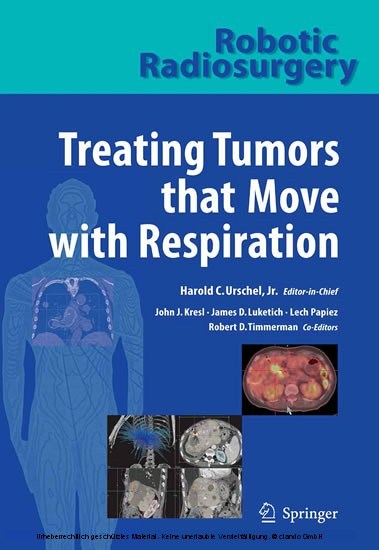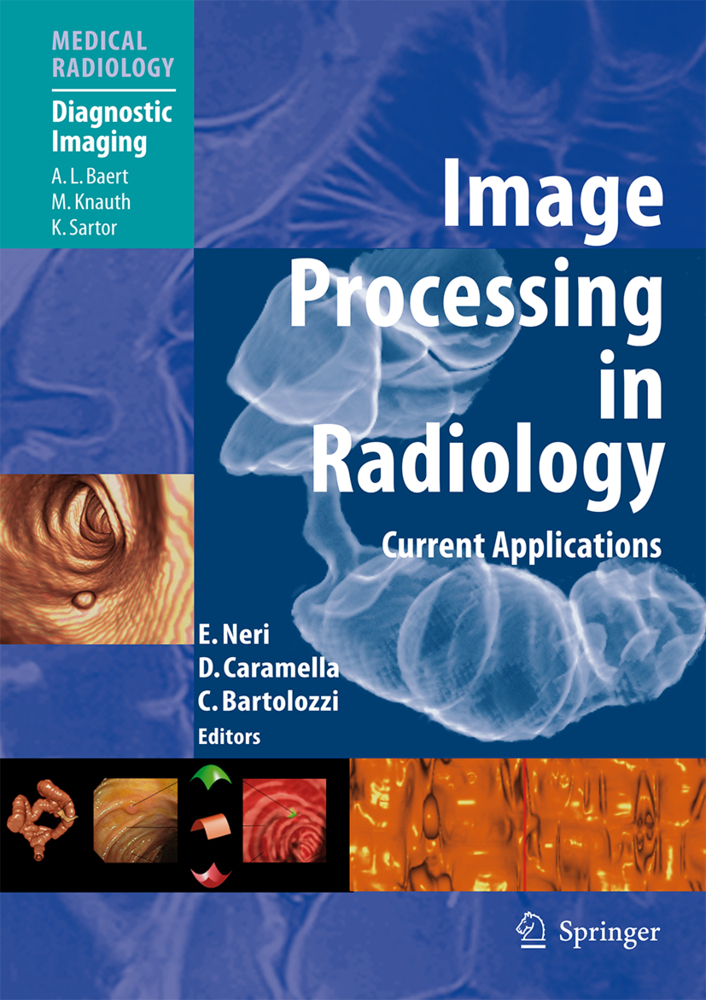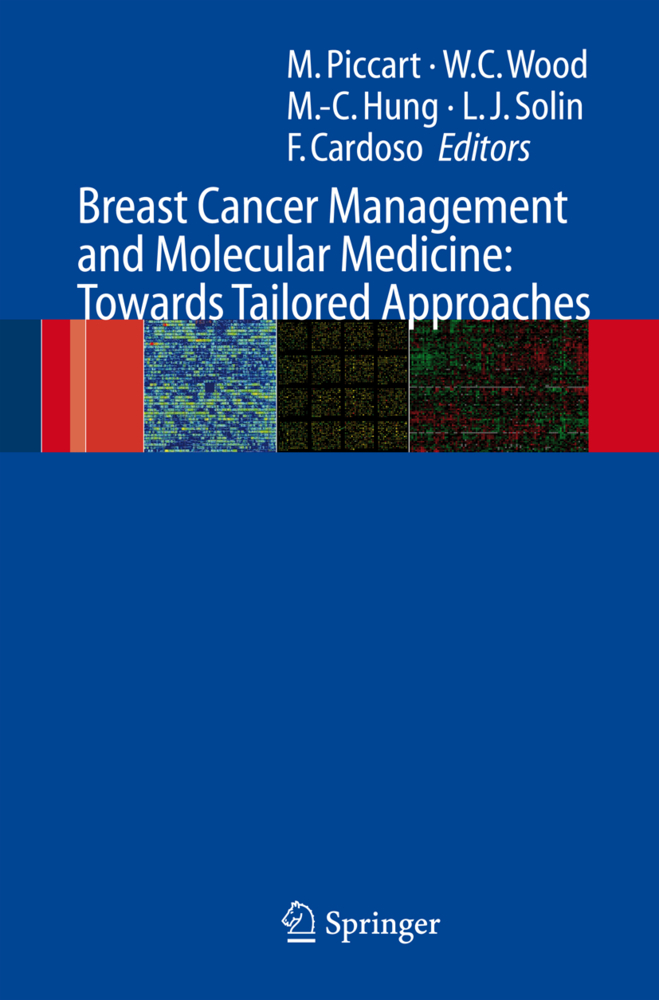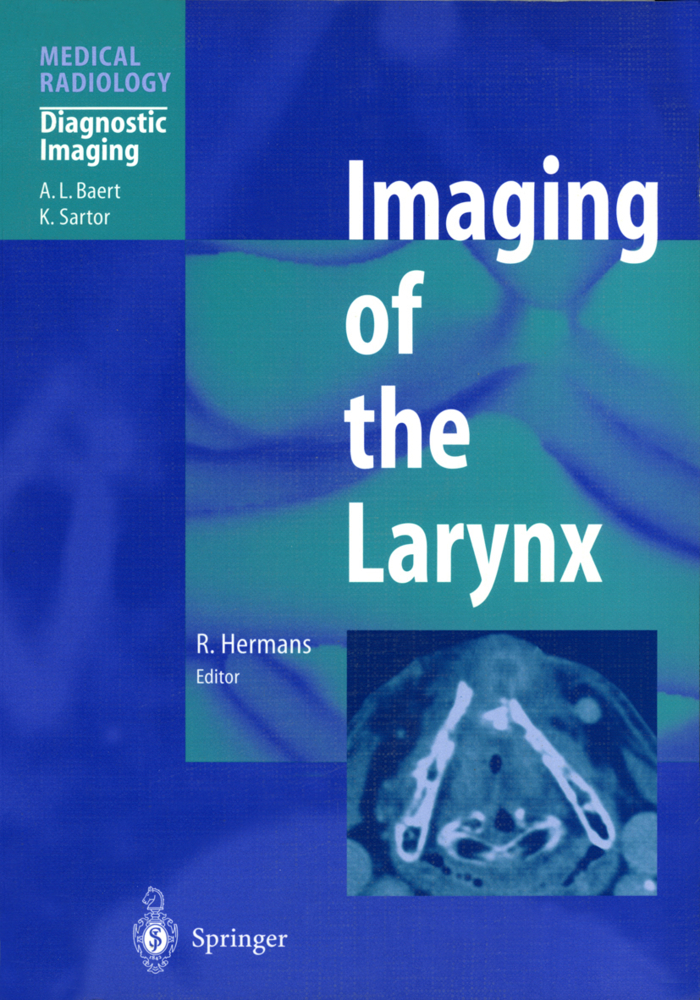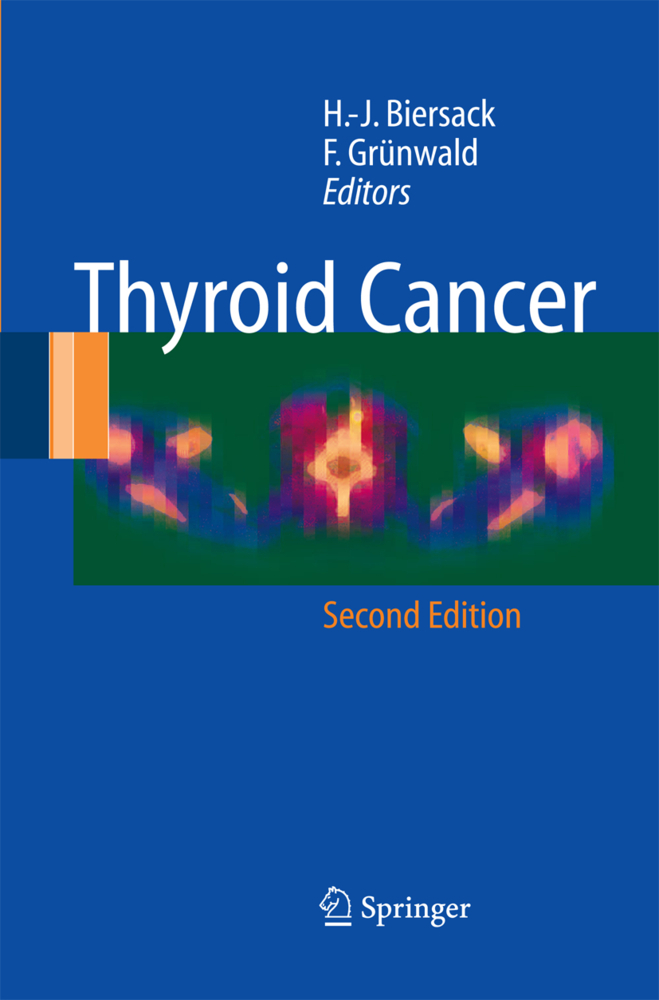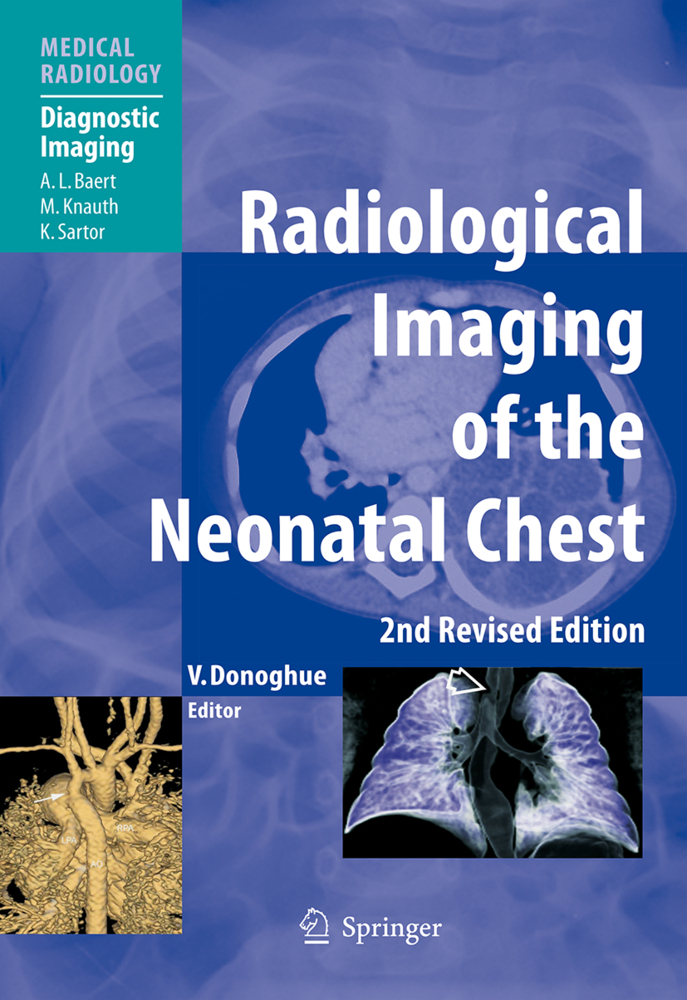Robotic Radiosurgery. Treating Tumors that Move with Respiration
This volume in the Robotic Radiosurgery series is devoted to the theory and practice in the emerging field of stereotactic radiosurgery for extracranial tumors, particularly those that move as patients breathe. Special attention is given to the frameless robotic radiosurgery device known as the CyberKnife. Moving tumors are treated with the CyberKnife using a revolutionary new tool, called the Synchrony® Respiratory Tracking System, which can track moving tumors in real time. Detailed information is provided on the technology and methodology for delivery of high doses of radiation to moving targets, radiobiological and radiological principles, and the challenges faced by clinicians performing extracranial stereotactic radiosurgery. Furthermore, there are thorough reviews of the general clinical literature on stereotactic radiation treatment of tumors of the lungs, liver, and pancreas, and the latest clinical data from clinicians conducting clinical studies using the CyberKnife® Robotic Radiosurgery System.
1;Foreword;5 2;Introduction;9 3;Contents;13 4;Author Index;16 5;Respiration Motion and Tumor Tracking Techniques;17 5.1;Tumor Motion Ranges Due to Respiration and Respiratory Motion Characteristics;18 5.2;Respiratory Motion Tracking for Robotic Radiosurgery;29 5.3;Patient Alignment and Target Tracking in Radiosurgery of Soft- Tissue Tumors Using Combined Fiducial and Skeletal Structures Tracking Techniques;44 6;Thoraco-Abdominal Dosimetry, Radiobiology, and Imaging;50 6.1;The Radiobiological Rationale for Hypofractionation of Lung and Liver Tumors;51 6.2;18FDG-PET/CT for Treatment Planning and Follow-Up;66 6.3;Treatment Planning of Abdominal Lesions;73 6.4;Use of a Target Complexity Index in Radiosurgical Plan Evaluation;85 6.5;Dose Escalation with the Frameless Respiratory Tumor Tracking System of the CyberKnife for Early Stage Non- Small- Cell Lung Cancer;91 7;Thoraco-Abdominal Fiducial Placement Strategies;98 7.1;Percutaneous Placement of Fiducial Markers for Thoracic Malignancies;99 7.2;Use of a Blood Patch Technique to Prevent Pneumothorax During Insertion of Lung Fiducials;109 7.3;Thoracic Fiducial Placement via Flexible Bronchoscopy;112 7.4;Endoscopic Ultrasound- Guided Fiducial Placement for CyberKnife Radiosurgery;118 8;Lung Tumor Treatment - Techniques and Experiment;122 8.1;Stereotactic Body Radiation Therapy in the Treatment of Early Stage Non- Small Cell Lung Cancer;123 8.2;Dosimetric Considerations for Stereotactic Body Radiotherapy Delivery in the Lung;130 8.3;Selection of Treatment for Patients with Early Stage Non- Small Cell Lung Cancer in a Multidisciplinary Thoracic Oncology Program;138 8.4;CyberKnife Frameless Image- Guided High- Dose Fractionated Stereotactic Radiosurgery with the Synchrony Motion Tracking Module in the Treatment of Single Small Peripheral Lung Tumors;150 8.5;Initial Experience Treating Lung Tumors with the CyberKnife;159 8.6;Stereotactic Radiosurgery for Early Stage Non- Small Cell Lung Cancer: Rationale, Patient Selection, Results and Complications;168 8.7;Toxicity and Efficacy of Treating Mediastinal and Hilar Lesions;179 9;Liver and Pancreas Treatment - Techniques and Experiment;195 9.1;A Review of Stereotactic Body Radiotherapy for Liver and Pancreas;196 9.2;Multidisciplinary Overview of Local- Regional Therapies for Liver Malignancies;205 9.3;Stereotactic Radiosurgery for Liver Malignancies Using the CyberKnife;216 9.4;CyberKnife Radiosurgery for Pancreatic Cancer;225 9.5;Stereotactic Radiosurgery for Unresectable Adenocarcinoma of the Pancreas: Initial Experience at Sinai Hospital of Baltimore;238 10;Emerging Thoraco-Abdominal Radiosurgery Concepts;244 10.1;4D Treatment Optimization and Planning for Radiosurgery with Respiratory Motion Tracking;245 10.2;Xsight Lung Tracking System: A Fiducial- Less Method for Respiratory Motion Tracking;261 10.3;CyberKnife Radiosurgery: Quality of Life and Cost Considerations;279 11;Abbreviations;290 12;Subject Index;292 13;List of Contributors;304
Urschel, Harold C.
Kresl, John J.
Luketich, James D.
| ISBN | 9783540698869 |
|---|---|
| Artikelnummer | 9783540698869 |
| Medientyp | E-Book - PDF |
| Auflage | 2. Aufl. |
| Copyrightjahr | 2007 |
| Verlag | Springer-Verlag |
| Umfang | 317 Seiten |
| Sprache | Englisch |
| Kopierschutz | Digitales Wasserzeichen |

